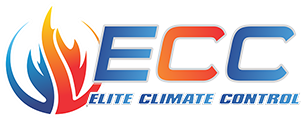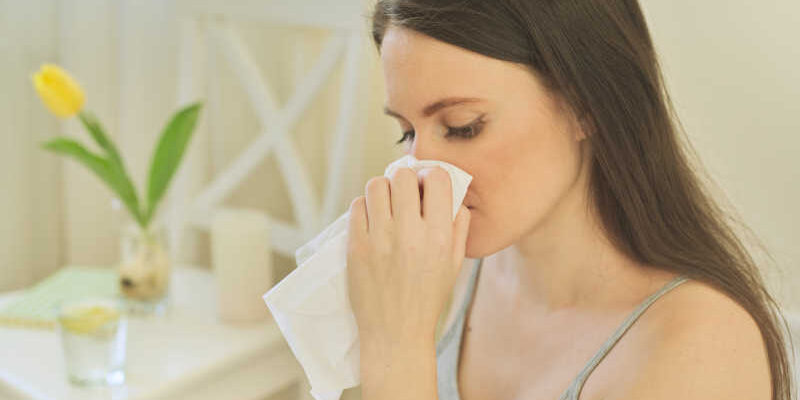Large factories, automobile exhaust, and murky air come to mind when we think about air pollution. Despite the fact that all of these things contribute to air pollution outside, many contaminants are also brought inside our homes. The typical American lives inside for 87% of the time. You must take action to enhance the air quality in your home given the ongoing exposure. Learn more about enhancing your indoor air quality by reading on.
Indoor Air Quality
According to studies, indoor air is 2 to 5 times more polluted than outdoor air. Daily activities or uncontrollable factors, such as the weakening of the ozone layer, might cause the air quality in your home to decline. It’s critical to be aware of the contaminants in your home and take action to enhance the quality of your air.
Common Indoor Pollutant Types
Particulates, microbiological contaminants, and gases are all possible sources of indoor air pollution. Your heart and lungs may suffer if you are exposed to pollution. Solid or liquid particles that have been incorporated into the air are considered indoor particulate matter. Where there is enough moisture, microorganisms that cause pollution thrive indoors. Cooking or even using aerosol products can release gases into the air.
How to Make Your Home’s Air Quality Better
In the High Desert, there are various ways to protect your house from air pollution and enhance the quality of your indoor air. You can decrease the pollutants in your house and improve your breathing by implementing the following strategies.
Routine HVAC Maintenance
Because your home’s heating and cooling system is susceptible to contamination, it’s vital to spend money on regular HVAC maintenance. By ensuring that all filtration systems are operating properly and that there are no leaks, effective maintenance can assist to reduce the pollutants.
Filtering Changes
The purpose of air conditioning systems is to circulate and chill your home. While doing so, they circulate the air through a number of filters that can capture a variety of air pollutants. You should change your AC filters every two to three months to make sure it is running as efficiently as possible.
Lint and other pollutants that can contaminate the air in your home are captured by the filters that come with your vacuum cleaner and drying equipment. Make sure to frequently change appliance filters as well in order to lower the amount of particulates you are bringing into your home.
Examining Your Ducts and Vents
The air in your home is heated or cooled using air vents and ducts. Dust or mold can accumulate in vents and ducts over time. You can make sure that clean, fresh air is being circulated throughout your home by performing routine maintenance on your ducts.
Utilize Indoor Plants to Enhance Air Quality
Plants are an excellent natural air purifier. Plants are able to produce new oxygen from carbon dioxide through photosynthesis. Additionally, plants may remove some chemicals from the air, including benzene and formaldehyde, that are present in cleaning products.
You may create a cozier atmosphere in your house and enhance the quality of the air by planting indoor plants.
Easy Breathing Indoors
Air quality in your house should be your primary concern. Whether you live in Victorville or San Bernardino, it’s crucial to keep an eye on the air quality in your neighborhood. By putting these tactics into practice, you may get rid of common indoor contaminants and lower your risk of developing health issues.
To increase the quality of the air and make it easier to breathe inside, contact Elite Climate Control.




